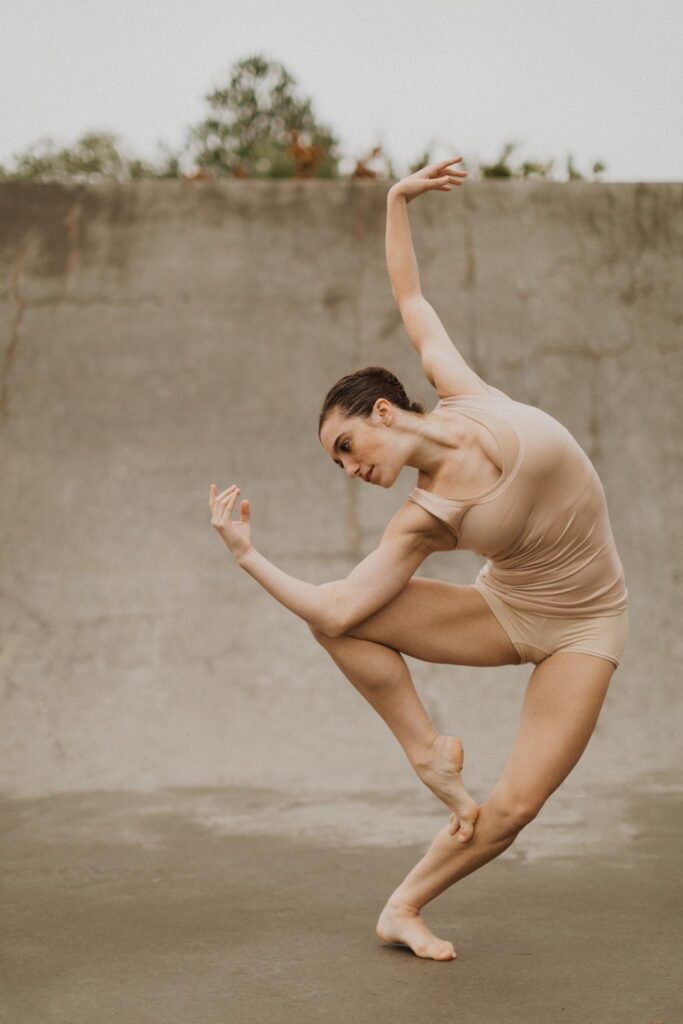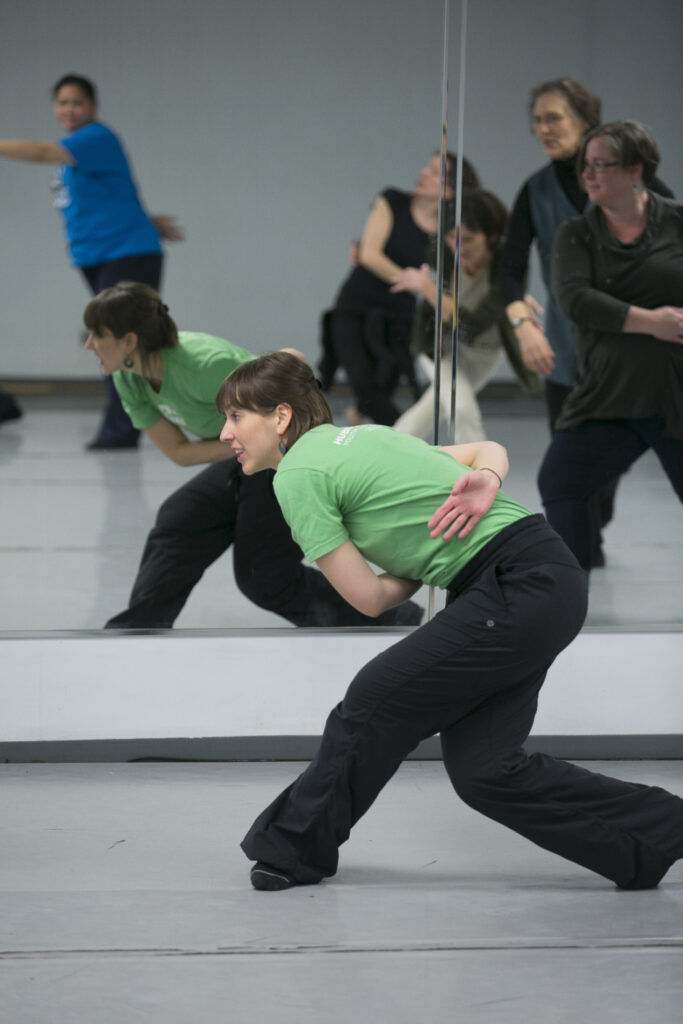
Many students might feel apprehensive at the thought of trying a new dance style. It’s intimidating to walk into a studio knowing that, at first, they may struggle to pick up a new movement or rhythm. But there are so many benefits to trying different dance forms—and a summer intensive is the perfect place to do so. Here are a few tips to help you encourage your students to branch out this summer.
Highlight the Benefits
Exploring a new-to-them dance style will not only expose students to the potential of finding a whole new passion, it can also give them a leg up in many other ways.
For Laura Morton La Russa, a company dancer with Terminus Modern Ballet Theatre and staibdance, having an eclectic dance background has provided a wealth of professional opportunities. As a young dancer, she studied tap, jazz, ballet and modern at her home studio, and in her late teens trained with both Houston Ballet and Atlanta Ballet. As an apprentice with Atlanta Ballet, she had the opportunity to explore contemporary ballet choreography and found that her multifaceted background gave her the confidence to try new things.

“Having a background in exploring different styles gave me that sort of ability to be a chameleon for a choreographer, so I could kind of shift whatever quality or style they’re looking for,” she explains.
Plus, being a versatile dancer is extremely desirable in today’s world, no matter what corner of the industry your students find themselves in. “Even the main, big ballet companies are doing things that are not super-classical. I think you really have to be willing to explore to dance professionally these days,” Morton La Russa says.
Michelle Modrzejewski, a dance educator who works in K–12 schools and with Hubbard Street Dance Chicago, adds that this type of exploration can help dancers not only fit into a wider variety of roles, but it can also guide them towards finding their own voices as artists.
“I think there’s becoming more of an acceptance into wanting dancers who have their own voice, their own uniqueness,” she says. “Trying different styles allows you to sort of recognize ‘Okay, where is my voice?’ It uncovers our potential, our capabilities.”
And, even if students don’t find a new favorite genre, exploring new ways of moving can provide them with transferable skills. For example, Morton La Russa says her early love of tap has helped her develop an innate musicality—plus, the fast footwork involved in hoofing has improved her petit allégro.
Lead by Example
Another way teachers can encourage student exploration is to walk the walk themselves. Modrzejewski recalls a recent experience attending a class focused on the movement style of dance lines at historically Black colleges and universities. Although she was previously unfamiliar with this style, the experience was incredibly enriching—both because she got a chance to draw on new movement skills, and because it helped her grow as a teacher.

“I knew I was stepping out of my comfort zone,” she remembers, but “this is an important field of movement and an important part of dance history that I needed to know about. And I also have students who are interested in this form of dance, so I want to be able to connect with them and provide some kind of opportunity for them to experience this form of dance as well, without having them be totally in the dark about it.”
Just like musicality, body awareness and discipline, remaining curious is an essential skill for a dancer to cultivate. Whether your students decide to perform professionally, teach or study dance, or find a job in a different field altogether, the confidence and ability to branch out, be vulnerable and try something new will always serve them well.





